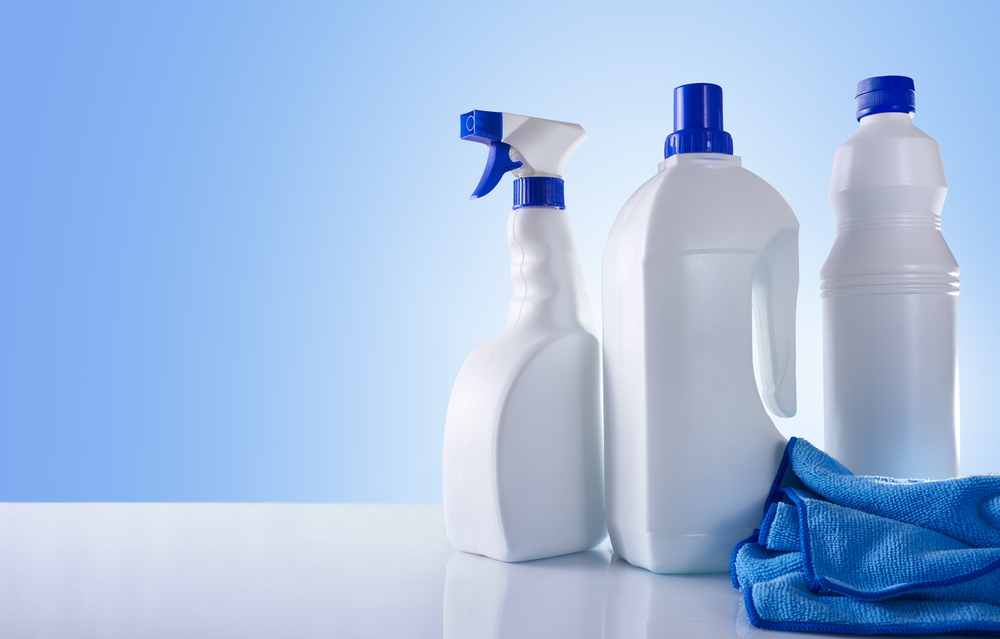The Issue of Outbreaks
Fear is a great motivator of behavior of all sorts. For instance, with the controversy surrounding the vaccination issue, fear plays a key role in people’s decisions. While some people fear the side effects of vaccines (real or imagined), others fear outbreaks of pandemic proportions spawned by an increasingly unvaccinated population.
We’re not going to debate the merits of either position here, but, rather, focus on how we can be a part of the solution.
The Real Outbreak Threat
Where people share a space and come in contact which each other, there exists the potential for the spread of disease. Although it’s unlikely that exposure to pathogens can be completely avoided (shy of wearing positive pressure protective suits all the time) measures can be taken to minimize the presence of disease-causing agents. If it’s your responsibility to clean a space, you must give serious consideration to mitigating the spread of outbreaks. Doing so benefits your client and those who visit that facility. Additionally, mitigating the spread of disease is of significant benefit to you. Keeping your employees healthy and avoiding call-outs due to illness is key to keeping you in business!
For example, diseases that can be spread by contact with an infected surface include:
- Chicken Pox
- Common Cold
- Conjunctivitis (Pink Eye)
- Hepatitis A and B
- Herpes Simplex (cold sores)
- Influenza
- Measles
- Mononucleosis
- Fifth Disease
- Pertussis
- Adeno/Rhino Viruses
- Neisseria Meningitidis
- Mycoplasma pneumoniae

Serve Your Clients More Effectively!
Contact Janitorial Manager Today
Be part of the Solution
When you clean it means things are clean right? Nope! But you already know this.
Properly trained employees using the right chemicals and procedures can be very effective at stemming the spread of disease. However, there is a big difference between cleaning, sanitizing and disinfecting. Here’s a refresher (according to the CDC):
- Cleaning
Cleaning means removing germs, dirt, and impurities from surfaces or objects. Cleaners use soap (or detergent) and water to physically remove dirt and some germs from surfaces. This process does not necessarily kill germs, but by removing them, it lowers their numbers and the risk of spreading infection.
- Sanitizing
Sanitizing lowers the number of germs on surfaces or objects to a safe level, as judged by public health standards or requirements. The sanitizing process works by either cleaning or disinfecting surfaces or objects to lower the risk of spreading infection.
- Disinfecting
Disinfecting means killing germs on surfaces or objects. While disinfecting, you use chemicals to kill germs on surfaces or objects. Even though this process does not necessarily clean dirty surfaces or remove germs, it can further lower the risk of outbreaks by killing germs on a surface after cleaning.

How to Keep Your Workspace Healthy from Outbreaks
Understanding the difference between cleaning, sanitizing and disinfecting (and making sure your employees do as well) is critical. I’ve too often come across a front-line employee cleaning everything with Windex because it was easier. Of course, this is not acceptable. A surface may look clean when wiped down. But, if you are using a sanitizing or disinfecting agent with the proper application and dwell time, you have likely only minimally reduced the possible pathogens on that surface.
7 Steps to Make the World Less Sick:
You can’t control what others do, but you can have an impact on your part of the world. Follow these simple steps to help make the world less sick:
- Choose the right products. According to the CDC, several types of disinfectants are effective against the flu including chlorine bleach, hydrogen peroxide and quaternary ammonium-based cleaners.
- Training. Remember, the best results are achieved when disinfectants are used correctly. Employees won’t get it right if you don’t train them. It is important to always refer to the product label and follow the manufacturer’s instructions for use and contact time.
- Focus on high-touch surfaces. Objects and surfaces that are frequently touched such as desks, countertops, tables, chairs, office supplies, doorknobs, keyboards, faucets, children’s toys and phones need to be disinfected at least once a day with an EPA-registered disinfectant.
- Disinfect regularly. Disease can spread when people touch infected surfaces and then touch their eyes, mouth or nose. Remember to always remove visible soil from surfaces, followed by targeted disinfecting.
- Hand hygiene. Train employees to wash their hands properly and often. Require that gloves be used when cleaning. Teach them to be aware of their hands and touching their face.
- Educate clients. To the degree that you are able, educate your clients on methods for reducing the spread of disease. Become the go-to expert!
- Sick days. Sick days are hard to implement, especially when getting employees to work can be challenging under the best of circumstances. Nonetheless, sick employees at work are inevitably going to infect others.
Serve Your Clients More Effectively!
Contact Janitorial Manager Today
As cleaning company owners, we’re not likely to solve all the world’s problems or end the raging debate over vaccination. Despite this, we can have a profound impact on the cleanliness of the facilities we service and the health of those who frequent them!

